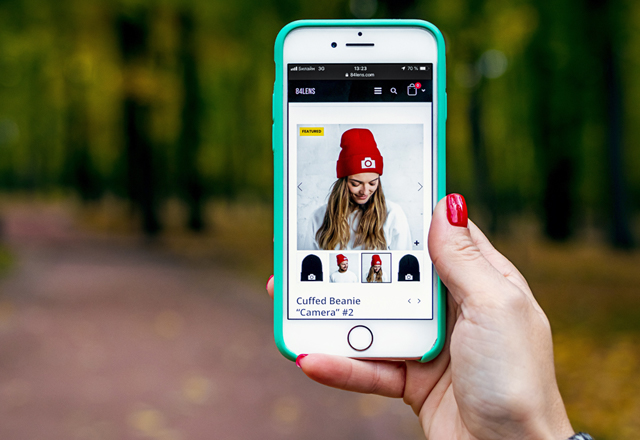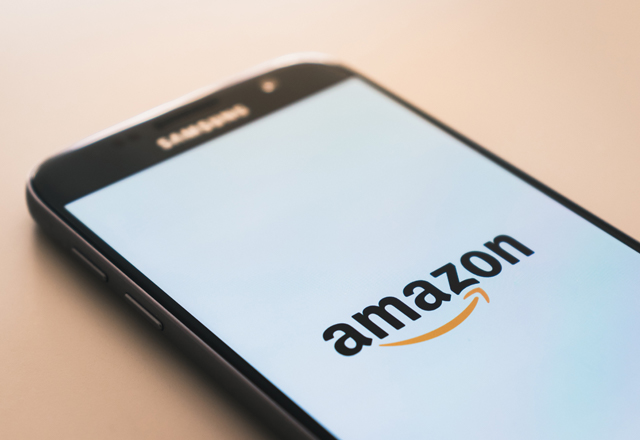
Retailers more than ever before are faced with critically evaluating their inventory to curate a selection of products that will sell quickly and reduce their inventory costs.
The longer products sit on a shelf or in a warehouse, the faster their value decreases.
Carrying costs can be between 20 and 30 percent of inventory value, which indicates too much stock is simply taking up room and not providing revenue.
Capital costs are the largest portion and perhaps the greatest burden of carrying inventory; they include the investment made in acquiring goods and the interest lost when cash becomes inventory.
There are also storage costs and service costs.
And of course, there are risks with carrying inventory, primarily that the real value of the items will decrease while in storage, waiting to be sold.
1. Watch shopper demand
To streamline offerings, companies routinely weed out what’s not moving, and focus on products — and related items — that are popular.
One of the most efficient ways to determine exactly what customers are buying is by monitoring your inventory and sales data.
That provides the data necessary to determine what customers really want.
It can also help determine what they’ll want a few months down the road; investing in an analytics expert can be a cost-effective way of understanding and acting upon the information gathered.
Retailers tend to look at revenue as the primary metric of success or failure.
But knowing what drives those sales is equally important, because that information can help formulate a strategy for growth.
The additional analytics provide a more complete picture of a retailer’s health.
2. Audit store inventory
A complete audit includes more than an inventory count of both product on shelves and back stock, as it also can include a count of damaged products; assessments of in-store displays; planogram compliance (shelf location, number of SKUs, missing or inaccurate shelf tags).
Some retailers include a summary of competitors’ strategy as well as a look of their own roadmap.
Many retailers use point of sale software like Retail Pro to track current inventory, which is crucial in determining the right balance of products to carry.
POS software provides real-time inventory visibility and helps ensure the items are available in-store or for fulfillment of online orders.
It’s also important to confirm that data visually to have an exact idea of current stock.
While it may seem old-fashioned — and certainly not a replacement for today’s technology — performing a visual inspection could find an underlying reason for the slow sales, such as poor product placement on the retail floor.
Technology like RFID can help a retailer conduct physical inventory counts in hours rather than days.
Similarly, POS software can also help retailers identify product shrinkage, which may be easily remedied by physically relocating the item or by changing loss-prevention techniques.
3.Manage turnover ratio
By effectively managing the inventory turnover ratio, cash flow is optimized.
It provides feedback that the retailer is meeting customers’ needs, and results in maximized profits.
Even and especially the largest retailers need to be aware of their inventory situations and make their stock work for them.
Not only does that result in healthier revenue, but it also ensures more satisfied customers who know that what they come for is in stock.









